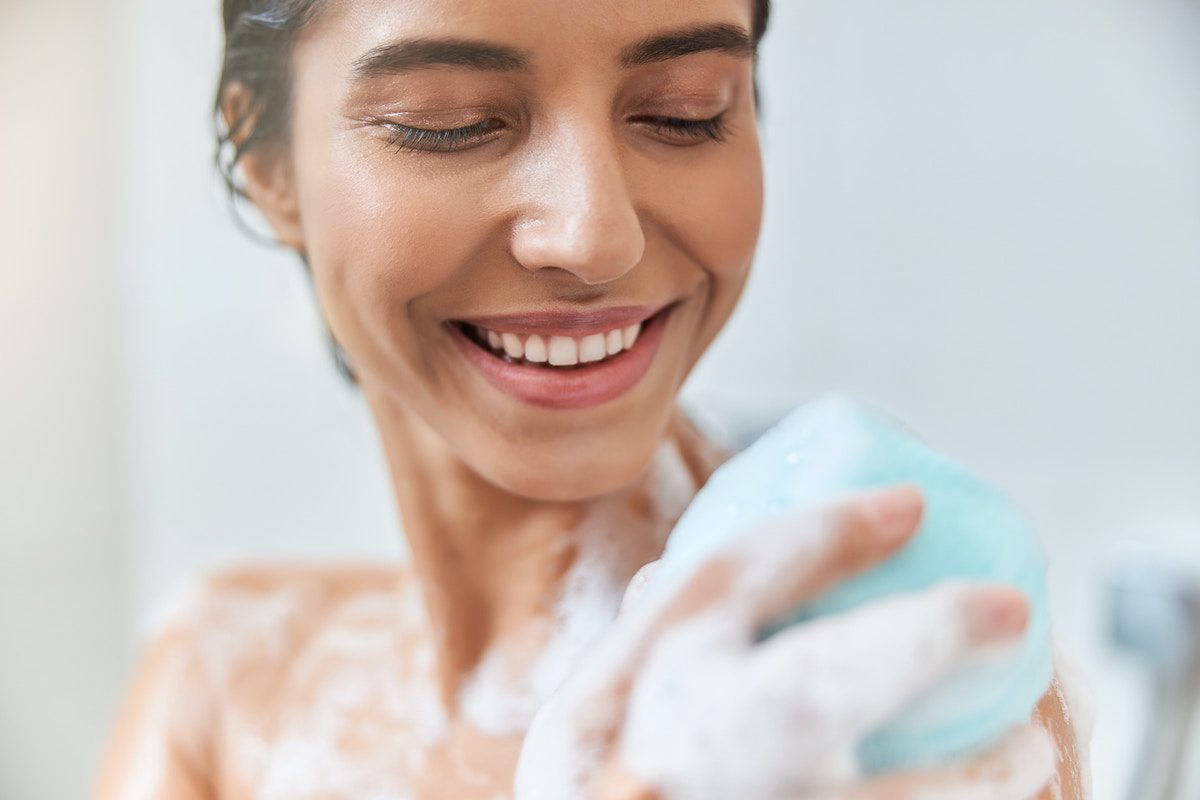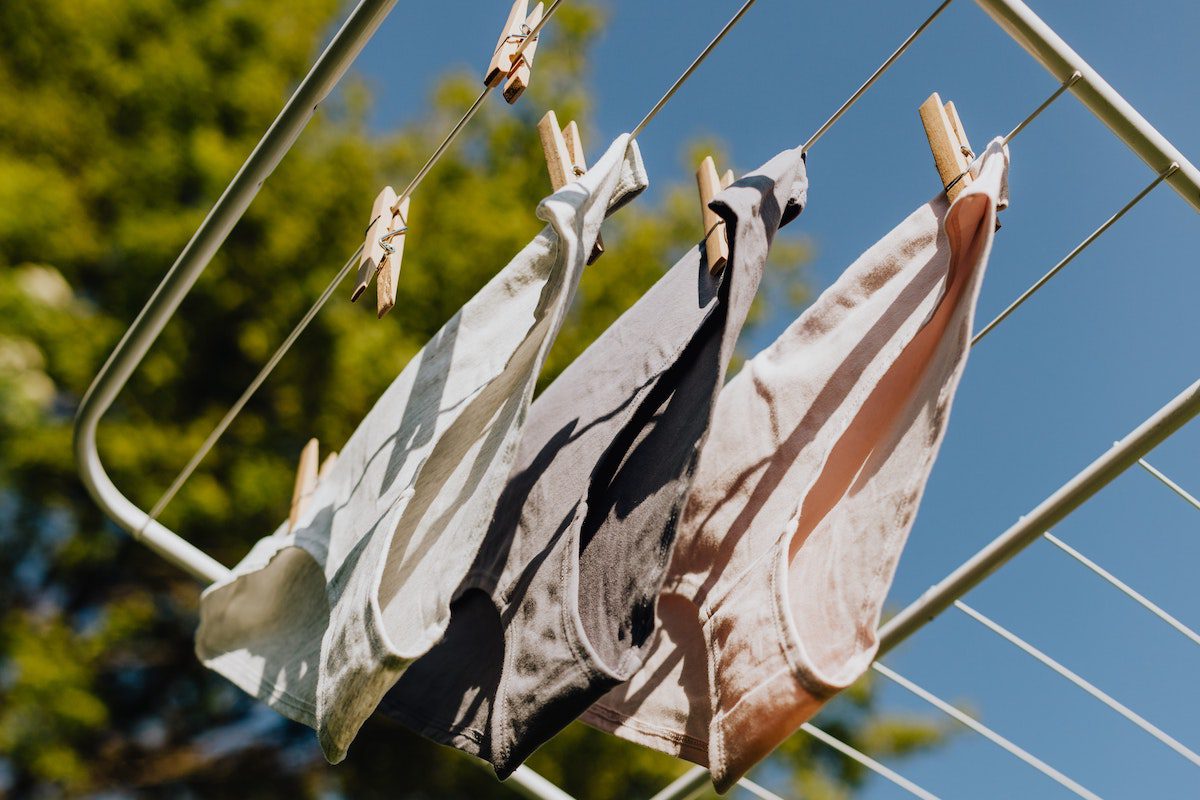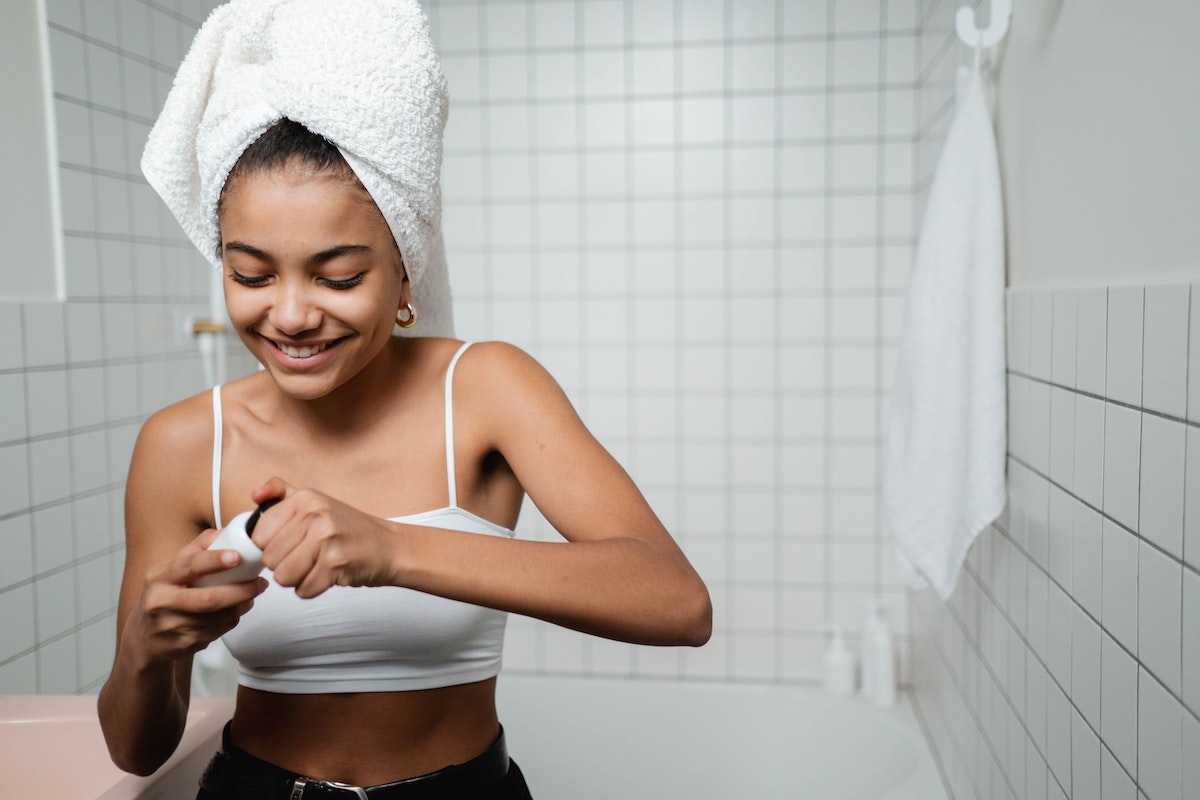What is Retinol?
Retinol gets a lot of love in the skin care product world! What is retinol, though? Retinol itself is a form of vitamin A found in foods and products. It’s naturally occurring, so by itself it actually is not directly active in the skin, but when applied to the skin, it is converted into retinoic acid, which is considered an active retinoid, explains dermatologist Erum Ilyas, MD, MBE, FAAD.
And it has a couple of great benefits to the skin, which can help with anti-aging and keep blemishes at bay. Let’s dig a bit deeper.

What is retinol and what are the benefits?
“Retinoids are known to improve fine lines and wrinkles by boosting collagen production in addition to retaining water in the skin. They can help actually reverse the signs of aging that comes from sun damage,” Ilyas says.
Plus, they will give you that fresh, dewy look. “They can also work to minimize discoloration in the skin and give the skin more of a glow,” she continues. This is in contrast to most over-the-counter products for anti-aging ingredients, such as Hyaluronic acid, which is applied topically but does not boost collagen production, as retinol does, she explains.
With these types that do not contain retinol, “they actually just minimize the appearance of fine lines by retaining moisture in the superficial layers of skin to make it appear less wrinkled. There’s no long term benefit from actual collagen production,” Ilyas explains. As soon as the product is gone, those effects are gone too!
So, that’s why retinol could be your fix!
What to know when buying retinol
Retinol is found over the counter so it’s widely available for consumers. There are a few things that make it different when compared to the prescriptions tretinoin and tazarotene, which are much stronger than retinol, Ilyas says.
“Because retinol relies on our skin’s ability to convert it into the active retinoic acid, this may not always give quick or consistent results,” she explains.
The amount of active retinoic acid formed is based on a few factors: how much retinol is in the product, our skin’s ability to convert it into retinoic acid, and the time for the process to occur.
“When looking at products, it’s reasonable to start with a drugstore brand with retinol to see how your skin does but many of these do not always list the actual percentage of retinol,” Ilyas says.
This is fine for starting because everyone’s ability to process it is a little different, and it’s most cost-effective to start with drugstore brands just to see how you do.
“If you tolerate it well or feel like you need more of an effect, then using a brand that lists the concentration is helpful (because there’s a good chance they list it simply because it’s a high enough concentration to brag about,” she explains.
Or talking to your dermatologist about switching to prescription tretinoin for more of an effect could work too.
“I do think it’s a good idea to start with a drug store brand, however, because retinol and definitely tretinoin can be very irritating to some skin types at first,” she warns.
How to use retinol and what to expect
Because everyone’s concentration of the enzymes needed to convert retinol into active retinoic acid varies, the results may differ across the board too.
“Although many people will say that the use of their over the counter anti aging product gave them ‘instant’ or visibly effective results quickly, this is not usually the retinol,” Ilyas explains.
“Everyone wants a ‘wow’ factor and they want it fast! So, to bypass the long game that retinol plays, many companies add other ingredients that quickly irritate or exfoliate the skin but do not always have the benefit of retinol long term in terms of collagen production,” she says. Ugh.
They work mostly by swelling the skin to make it appear less wrinkled, but that’s it. A common example of this is salicylic acid.
“If after two or three months, you are not seeing enough results then it may be worth increasing the concentration of retinol or switching to prescription tretinoin,” Ilyas explains.
“And with time, if you look at the packages for retinol-containing products, they are really good at stating ‘over time’ or ‘over long term use,’” she says. Conversion of retinol to retinoic acid doesn’t happen over night. It takes time to convert and it takes time build up in the skin. Retinol is the long game—it should just be in your night time cream to use consistently, as the effects will happen over time and not over night, she explains.
Focus on natural and effective for products, not time for change.
“Retinol fits perfectly into this class and if you start early, you will reap the long term benefits,” Ilyas says.
Who should use retinol?
“Ideally we start young with retinol, in our 20s to 30s to ward off the signs of aging. If you are looking to get rid of some wrinkles by next month or by the time an event rolls around, see your dermatologist for other options,” Ilyas says. It could be for anyone if it works well and there’s no negative reaction or sensitivity!
A dermatologist’s top retinol picks
“I love Neutrogena Rapid Wrinkle Repair with retinol and hyaluronic acid cream. This is a simple product to start your anti aging regimen with. I started with this and still use it when the stronger options are too drying,” Ilyas says. “I find it’s a hydrating product that rubs in nicely and also has the retinol on board to do its job.”
You can also try Cerave skin renewing retinol serum, another drug store pick. “
Cerave as a brand is great for people with sensitive skin as they focus on maintaining the skin’s barrier function. Their retinol serum tends to be well tolerated and works well,” Ilyas says.












